12 Ways to Protect and Preserve Your Stamp Collection
Proper care and storage are key to maintaining the value and condition of your stamp collection. Whether you are a seasoned collector or just starting, taking the right steps to protect your stamps can ensure they remain in excellent condition for years to come. From proper storage techniques to handling with care, these practices will help preserve your stamps’ appearance and long-term worth.
This post may contain affiliate links, which helps keep this content free. Please read our disclosure for more info.
Store Stamps in Acid-Free Albums
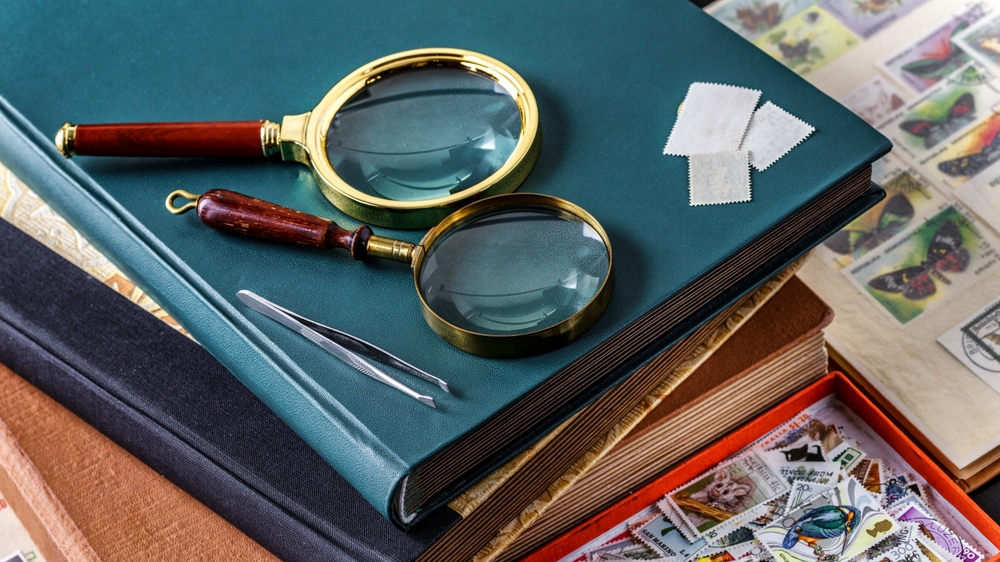
Acid-free albums are essential for preserving the quality of your stamps. Standard albums made from non-acidic materials are designed to prevent harmful reactions that can cause stamps to deteriorate. Over time, acidic materials can make the paper of your stamps brittle and yellowed, decreasing their value and appearance. By using acid-free albums, you ensure that your collection remains in pristine condition for years.
When selecting an album, look for options with pages made from materials like archival-quality paper and plastic. These albums provide safe storage that helps prevent exposure to environmental factors that can damage the stamps. Clear plastic pages or pockets allow you to easily view and protect each stamp from dust and physical contact.
Use Glassine Envelopes
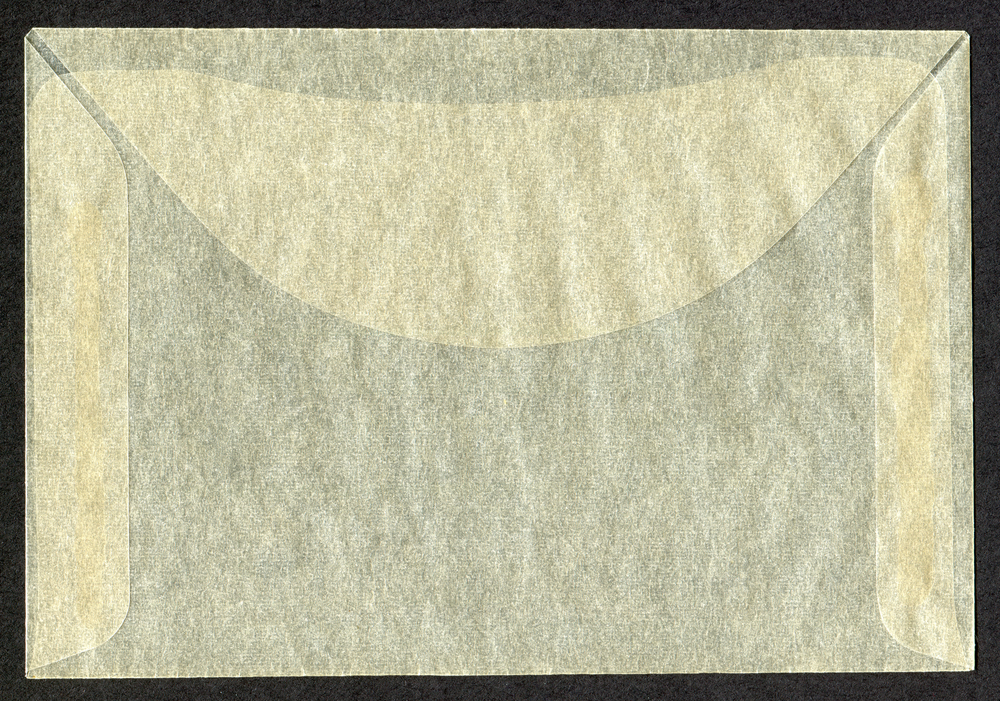
Glassine envelopes are a safe and practical storage option for individual stamps. These transparent, acid-free envelopes allow you to protect your stamps while keeping them visible for easy viewing. Glassine is made from a smooth, glossy paper that prevents stamps from sticking together, which is particularly helpful when storing older or more delicate pieces.
Using glassine envelopes to organize your collection helps keep it tidy and well-preserved. They are especially useful for sorting stamps by country, series, or value, while preventing any damage from exposure to external elements. These envelopes are easy to label, making it easier to identify stamps without opening them.
Avoid Direct Sunlight
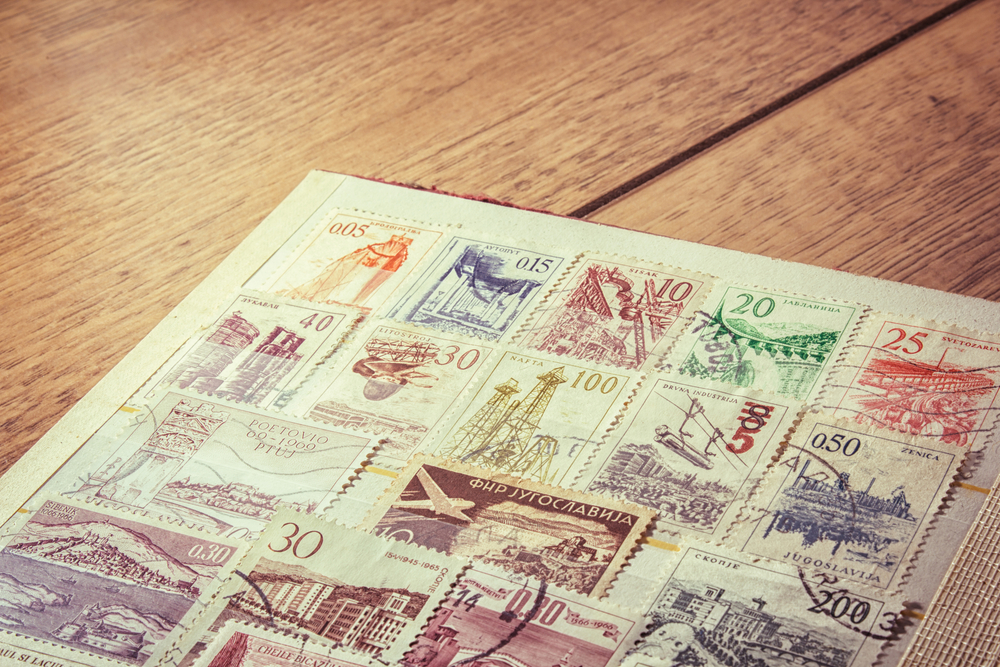
Direct sunlight is a major threat to the longevity of your stamps. The UV rays from the sun can cause colors to fade, making your stamps less vibrant and ultimately reducing their value. Prolonged exposure can also weaken the adhesive on the back of the stamps, causing them to curl or peel off. To protect your collection, always store it in a place that is shielded from sunlight.
It is also important to remember that even indirect sunlight can cause gradual fading. Ideally, stamps should be stored in a dark or dimly lit area. If you need to display your collection, consider using UV-resistant glass frames to minimize the impact of sunlight exposure and preserve their color integrity.
Control Temperature and Humidity
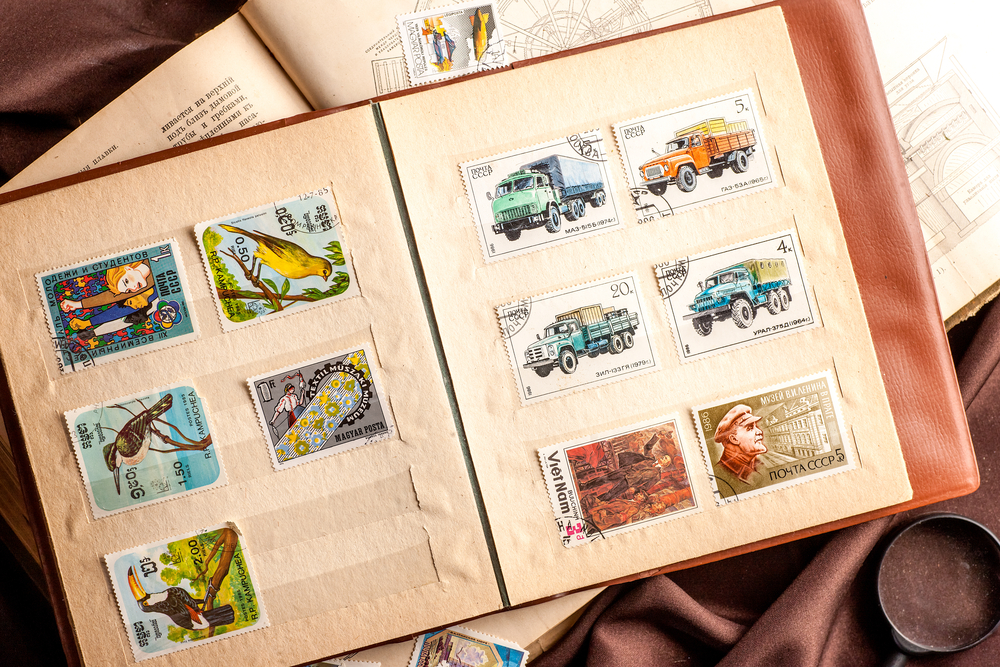
Maintaining a stable temperature and humidity level is vital for the protection of your stamp collection. High humidity can cause mold, mildew, and moisture damage, which can be detrimental to both the paper and ink of stamps. On the other hand, low humidity can make the paper brittle, causing stamps to tear or break easily. Keeping your collection in a climate-controlled environment with consistent temperature and humidity will help prevent these problems.
You can use a hygrometer to monitor the conditions in the room where your stamps are stored. If you live in an area with fluctuating humidity levels, consider using a dehumidifier to control excess moisture or a humidifier to prevent the air from becoming too dry. Keeping stamps in a stable environment will preserve their condition and value over time.
Handle Stamps with Care
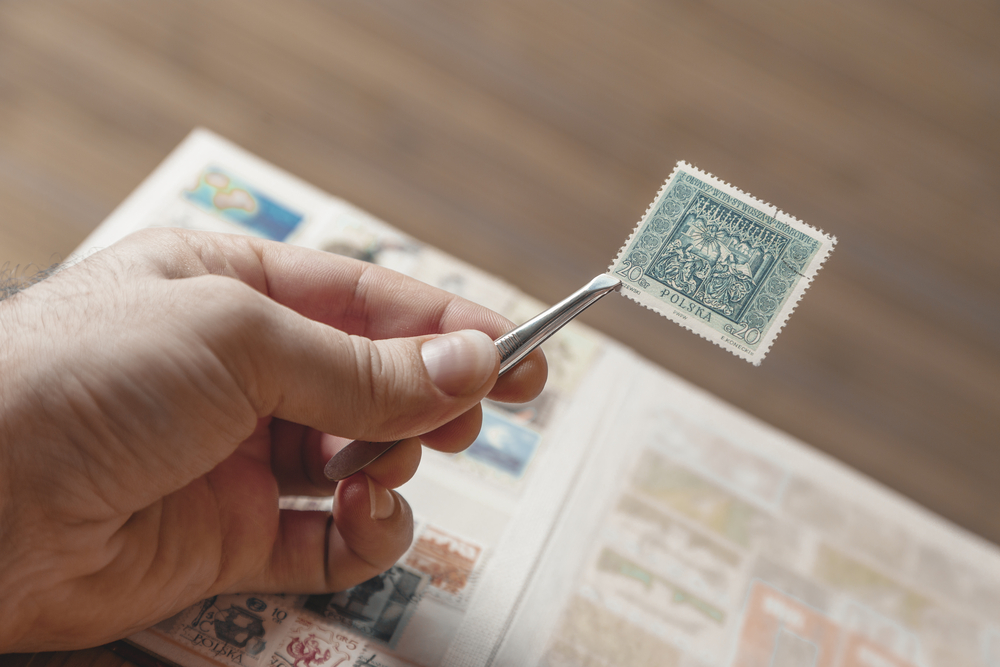
Handling stamps gently is one of the most important aspects of preservation. When you handle a stamp, always use tweezers with soft tips to avoid transferring oils or dirt from your fingers onto the stamp. Oils and residues from your skin can cause discoloration and attract dust and dirt, leading to further deterioration.
Whenever possible, avoid handling stamps too frequently. The more you touch a stamp, the more likely it is to suffer from wear and tear. If you need to examine a stamp closely, make sure your hands are clean and dry, and hold it carefully by its edges to prevent damage.
Keep Stamps in Protective Sleeves
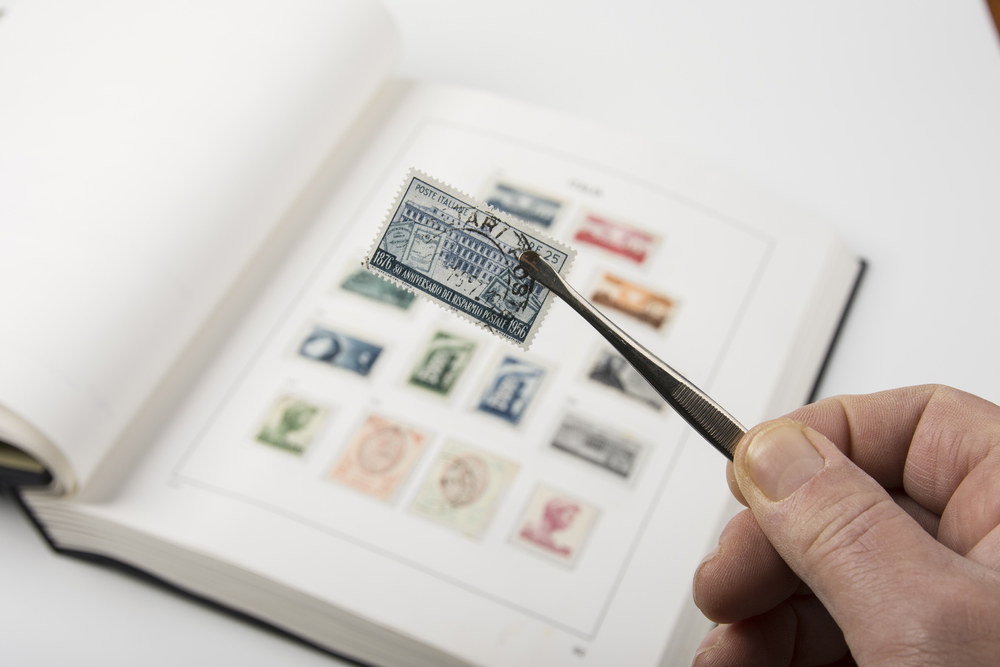
Protective sleeves made of materials like Mylar or polyethylene provide an additional layer of defense against dirt, dust, and physical damage. These sleeves help protect each stamp from getting scratched, bent, or damaged by external factors. Using protective sleeves is especially important for rare and valuable stamps that need extra care.
When storing multiple stamps in a single sleeve, ensure they are properly separated by soft tissue paper or a similar non-abrasive material. This prevents them from rubbing against each other and potentially causing damage. Using sleeves allows for both safety and easy viewing without risking the integrity of the stamps.
Avoid Using Adhesives
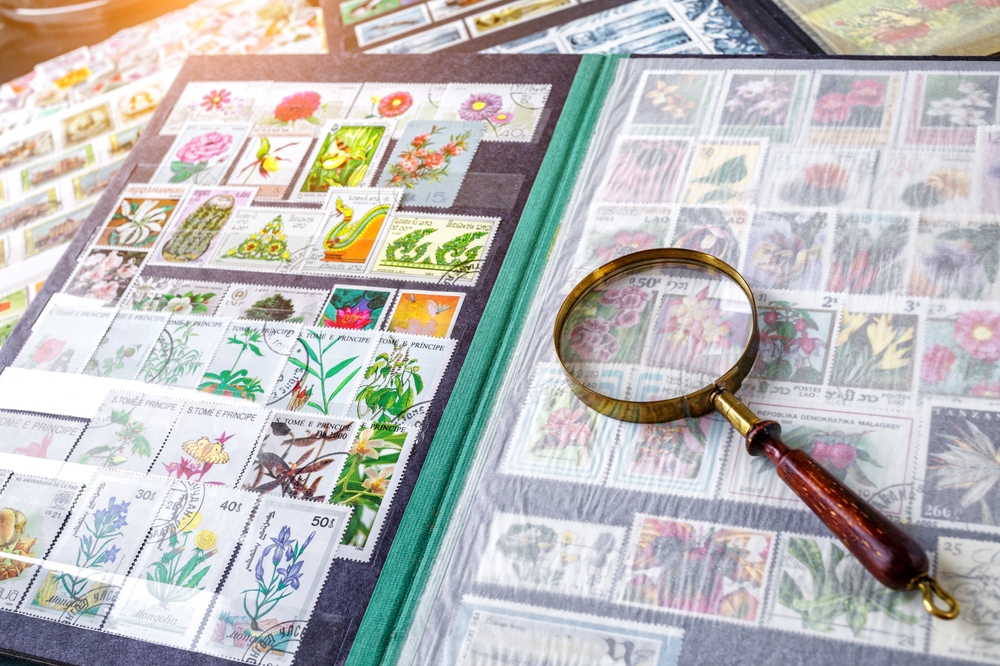
Avoid gluing or taping your stamps to any surfaces, as adhesives can cause irreversible damage. Adhesives can leave sticky residues, discolor the stamp, and make removal difficult without causing further harm. Instead, use specialized stamp hinges or mounts designed for holding stamps securely without compromising their condition.
Stamp hinges are a safe and simple way to mount your stamps in an album, allowing you to display them without damaging them. Make sure to use acid-free, archival-quality hinges to ensure that no harmful chemicals come in contact with the stamps. Using the right tools will help maintain the value and appearance of your collection.
Store Stamps in a Dry, Cool Place
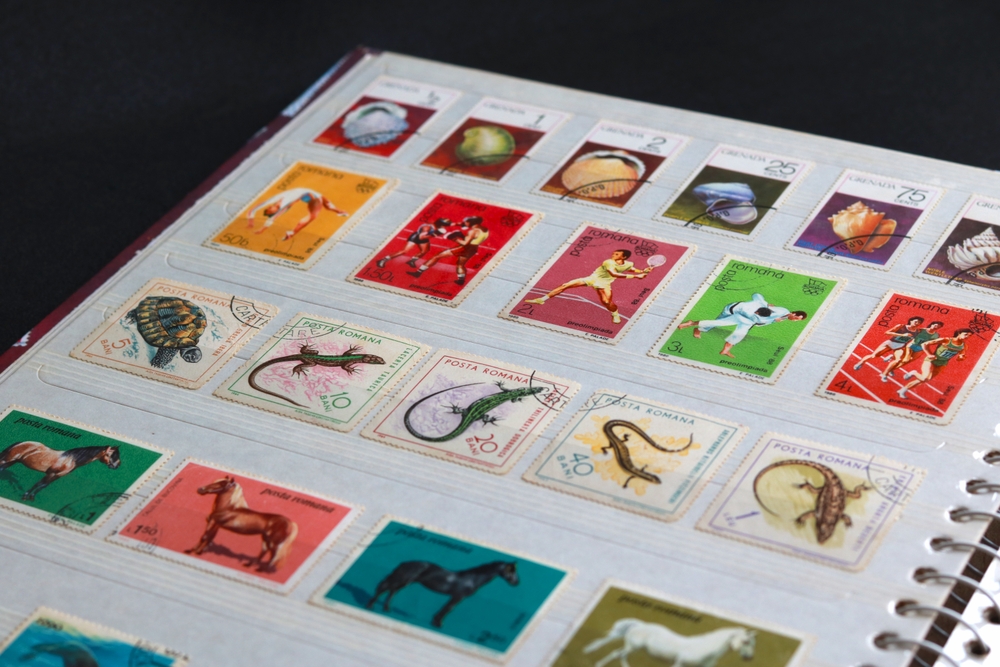
A dry, cool environment is essential for the preservation of your stamps. Stamps are susceptible to damage from both extreme heat and moisture. Storing stamps in a temperature-controlled room can prevent fading, curling, and other forms of damage that result from fluctuating conditions.
Ideal storage locations include drawers, cabinets, or closets where the temperature remains stable and the humidity is low. Avoid placing stamps near sources of heat like radiators, direct heat vents, or in places that might be prone to moisture, such as bathrooms or basements.
Use Archival-Quality Tools for Preservation
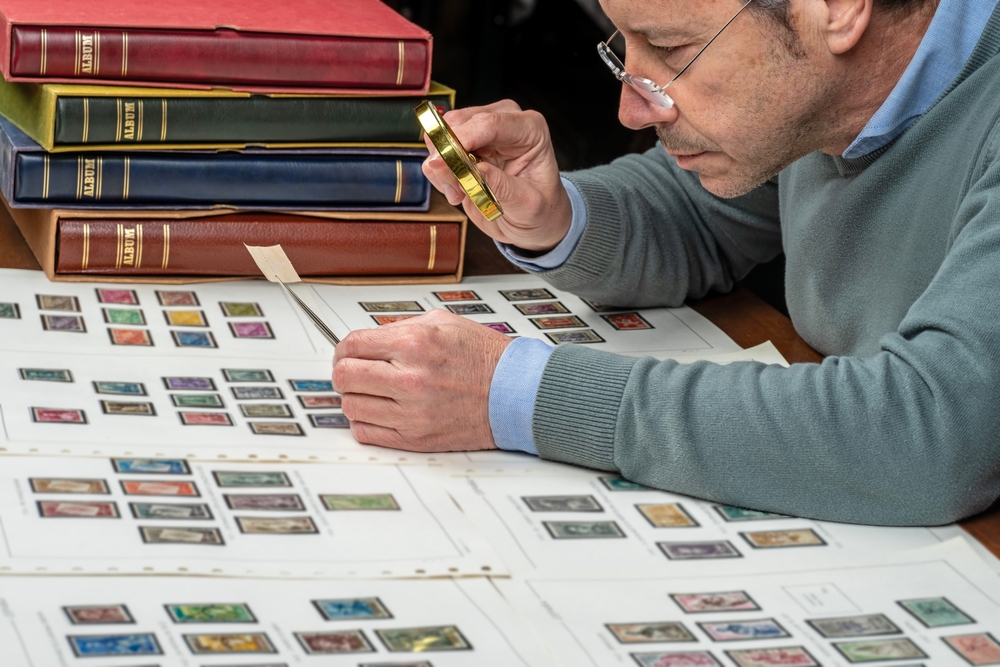
Using archival-quality tools and materials is key to preserving the integrity of your collection. This includes using acid-free albums, pages, and protective covers, as well as archival-grade adhesive hinges. These materials are designed to prevent chemical reactions that could cause damage to your stamps.
Investing in quality preservation tools not only protects your stamps but also ensures that your collection maintains its value. Using the right tools ensures a longer-lasting, well-preserved collection, which is vital for both personal enjoyment and future resale.
Regularly Inspect Your Collection
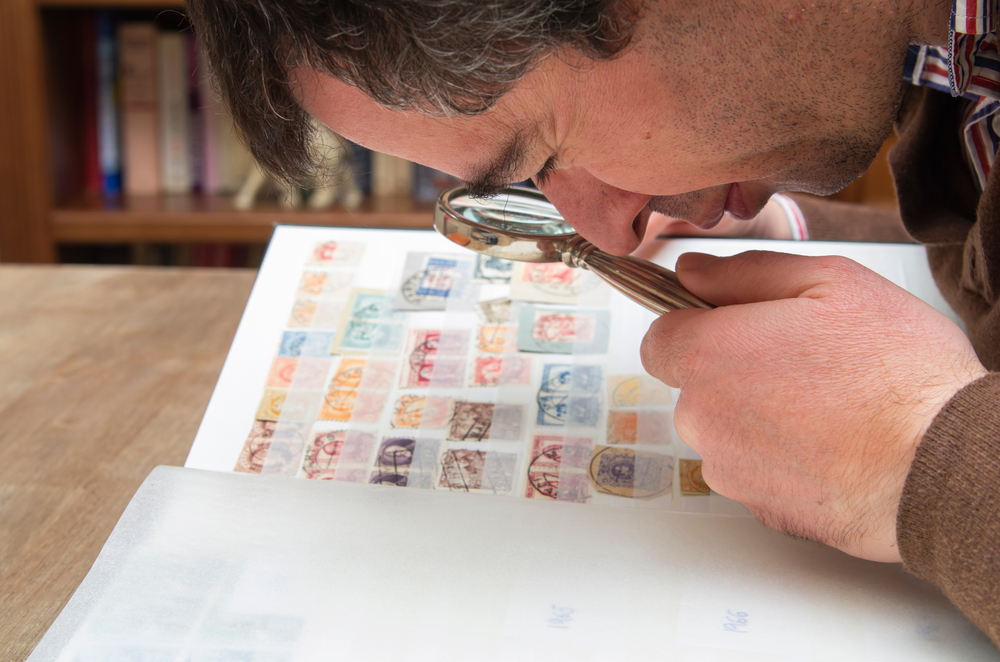
Regularly inspecting your collection is a crucial part of maintaining its condition. Over time, stamps can be affected by small changes in their environment, such as humidity or exposure to light. By inspecting your collection every few months, you can detect any issues early and take steps to remedy them before they cause significant damage.
During inspections, check for any signs of fading, moisture damage, or adhesive issues. If you find any stamps that need attention, take immediate steps to address the issue, whether by restoring them in a better environment or replacing any protective materials that have become worn out.
Avoid Storing Stamps in Direct Contact with Metal
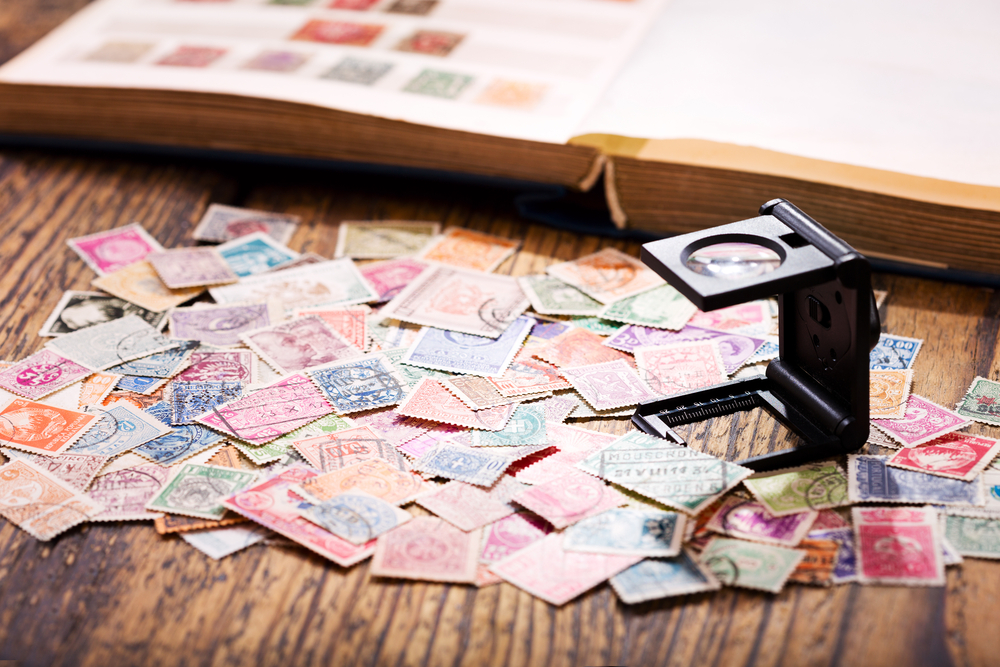
Stamps should never be stored in direct contact with metal, as it can cause corrosion or tarnishing. This is particularly true for older stamps that might be sensitive to environmental factors. Always store your stamps in plastic sleeves, glassine envelopes, or acid-free materials to avoid any direct contact with metal surfaces.
If you need to use a binder clip to organize your stamps, ensure it is made from non-reactive materials like plastic. This prevents any unwanted chemical reactions that could harm your collection over time.
Maintain Proper Organization
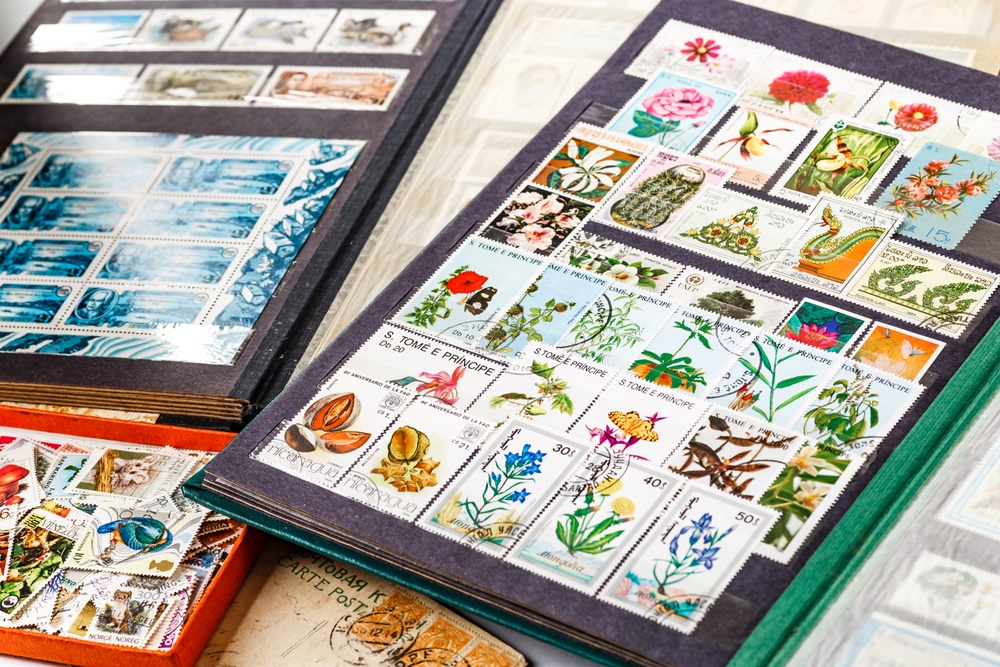
Keeping your stamps organized is important for both preservation and easy access. Organizing your stamps by country, year, or series can help you keep track of your collection while ensuring that each stamp is properly protected. Avoid overstuffing storage containers or albums, as this can lead to stamps becoming bent or damaged.
Using labeled binders or albums with dividers can help you stay organized and prevent stamps from being misplaced or improperly stored. The more organized your collection is, the easier it will be to maintain its condition and value.
This article originally appeared on Avocadu.
